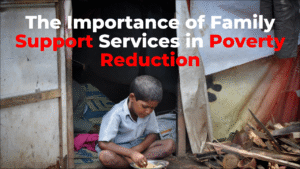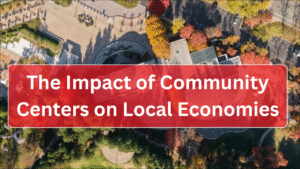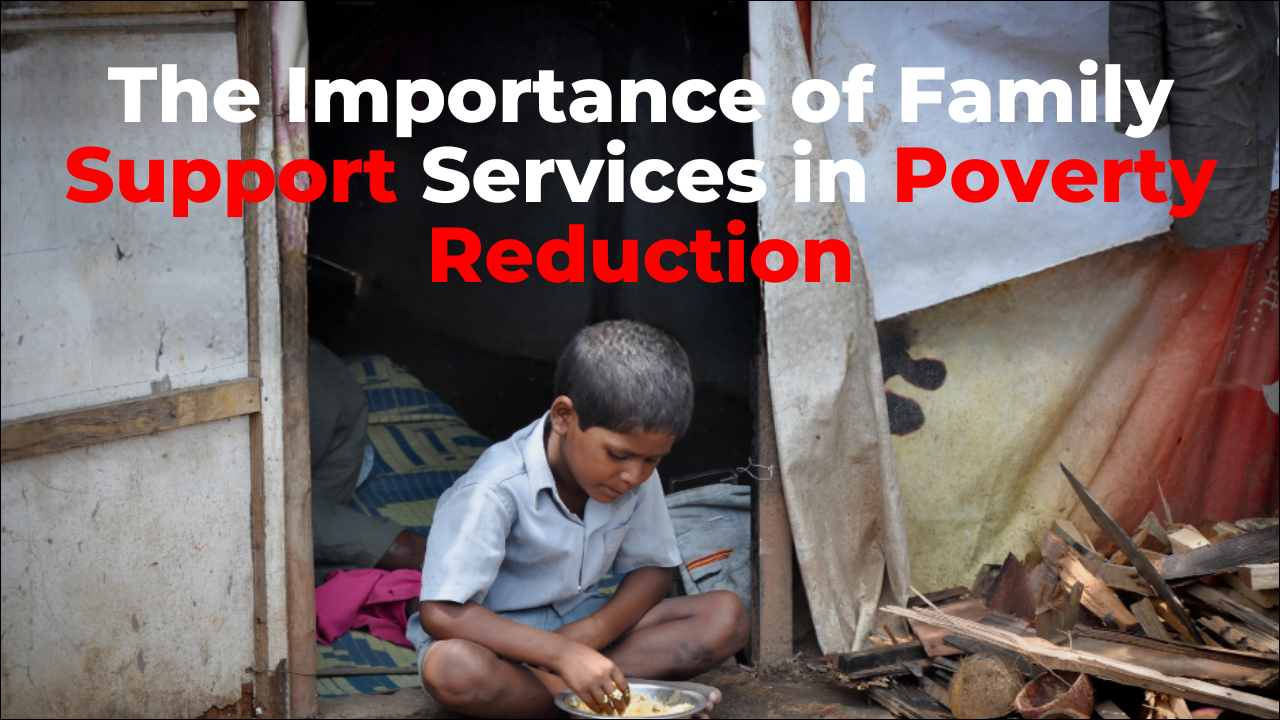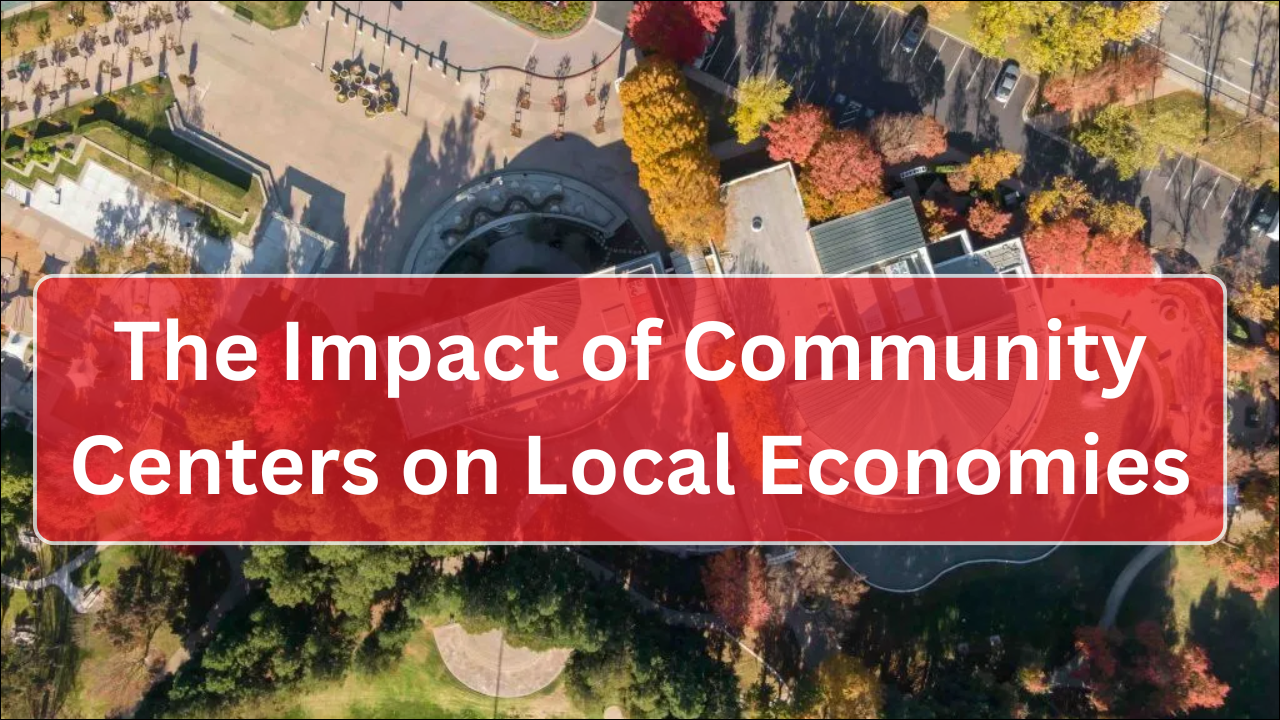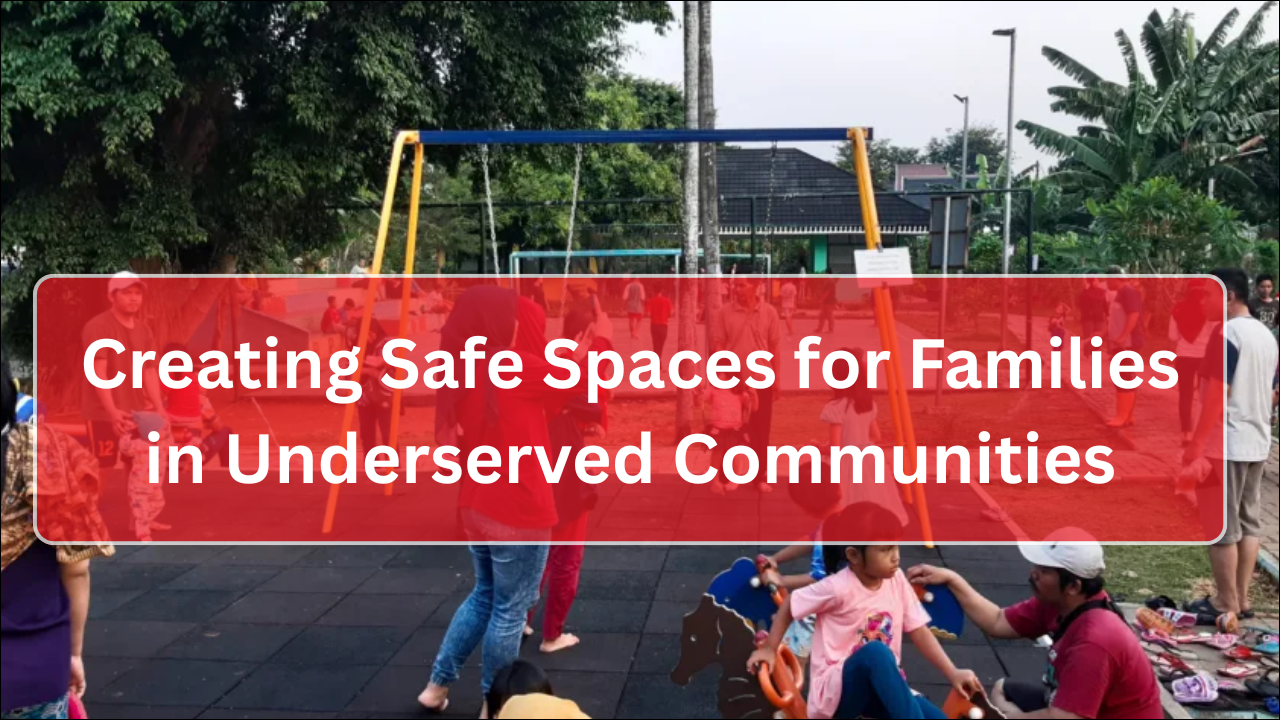
Local communities are profoundly shaped by federal and state policies that influence education, healthcare, economic development, and social services. Policies designed at higher levels of government set the framework for funding, regulations, and program implementation that directly affect neighborhoods. Communities like those in Northwest Dayton experience tangible effects through initiatives that support families, enhance workforce opportunities, and improve access to essential services. Understanding how policies translate into local outcomes helps residents, organizations, and local leaders leverage resources for community growth.
Table of Contents
1. Federal Policies and Their Local Influence
Federal policies create standards and funding mechanisms that guide local programs and services. These policies often focus on healthcare, education, social welfare, and economic support.
- Healthcare Policies: Programs like Medicaid and the Children’s Health Insurance Program (CHIP) provide funding that hospitals use to expand access for low-income families.
- Education Policies: Federal education acts, such as the Every Student Succeeds Act (ESSA), establish accountability standards and direct funding to schools for curriculum enhancement and student support.
- Workforce Development: Workforce Innovation and Opportunity Act (WIOA) funding supports local job training centers and employment initiatives.
- Social Safety Nets: Supplemental Nutrition Assistance Program (SNAP) and Temporary Assistance for Needy Families (TANF) provide resources that strengthen family stability.
2. State Policies and Local Adaptation
State governments play a critical role in translating federal directives into actionable programs while developing state-specific policies tailored to local needs.
- States determine eligibility criteria, funding levels, and program administration for federal initiatives.
- State education policies influence curriculum standards, teacher certification, and school accountability systems.
- Public health initiatives, including vaccination campaigns and mental health programs, are designed at the state level and implemented locally.
- Economic policies, such as minimum wage laws and small business incentives, shape employment opportunities and local economic growth.
3. Education and Workforce Impacts
Policies at both the federal and state levels directly affect access to quality education and workforce readiness.
- Federal grants fund early childhood education centers and adult learning programs at facilities like The Hope Center.
- State scholarship programs and financial aid policies enable residents to pursue higher education at institutions like Sinclair Community College.
- Workforce development policies support job training, apprenticeships, and career counseling services, which increase employment opportunities in local industries.
- Education accountability policies improve student outcomes by incentivizing schools to meet performance benchmarks.
4. Healthcare Policy Effects on Families
Access to healthcare is heavily influenced by federal and state legislation.
- Medicaid expansion under state and federal programs allows families to access preventive and pediatric care at local hospitals such as Dayton Children’s Hospital.
- Public health initiatives address vaccination, nutrition, and mental health services, reducing long-term medical costs.
- Policies promoting telehealth expand healthcare access for residents in underserved neighborhoods.
- Emergency preparedness policies ensure local communities can respond to crises effectively.
Policy Areas and Local Community Impacts
| Policy Area | Federal & State Role | Impact on Local Communities |
|---|---|---|
| Education | ESSA, state curriculum standards, and scholarships | Improved student outcomes, access to higher education |
| Workforce | WIOA, state job training initiatives | Higher employment rates, skilled workforce |
| Healthcare | Medicaid, CHIP, public health programs | Increased access to medical care, preventive health services |
| Social Services | SNAP, TANF, housing programs | Reduced poverty, improved family stability |
| Economic Development | State incentives, federal grants | Local business growth, job creation |
5. Social Services and Community Well-Being
Policies governing social services help strengthen families and reduce vulnerability.
- Federal housing programs and state-level assistance help secure safe living conditions.
- Nutrition assistance ensures that children and adults have access to healthy food, supporting academic performance and physical health.
- Childcare subsidies and parental leave policies allow caregivers to balance work, education, and family responsibilities.
- Counseling and mental health services funded through state and federal grants address emotional and behavioral challenges.
6. Collaboration Between Policy and Community Organizations
Local organizations act as intermediaries to implement policies effectively within the community.
- The Hope Center translates federal and state funding into family-focused programs.
- Schools and colleges partner with policymakers to access grants and educational resources.
- Hospitals use public health funding to provide preventive and pediatric care to underserved populations.
- Nonprofits coordinate with government agencies to deliver food, housing, and counseling services.
7. Challenges of Policy Implementation
While policies provide essential support, local communities often face challenges in implementation.
- Funding Gaps: Limited resources can prevent full program execution.
- Administrative Complexity: Navigating eligibility, applications, and compliance is challenging for families and organizations.
- Policy Changes: Frequent adjustments in federal and state policies require adaptation at the local level.
- Equity Issues: Certain populations may face barriers to accessing programs due to language, mobility, or awareness limitations.
8. Strategies to Maximize Local Benefits
Local leaders and organizations employ strategies to optimize policy impacts.
- Providing outreach and education about available programs increases participation.
- Collaboration between schools, hospitals, and community organizations ensures comprehensive service delivery.
- Data collection and analysis inform policy advocacy and resource allocation.
- Continuous staff training ensures programs are implemented effectively and equitably.
9. Measuring Policy Outcomes in Communities
Evaluating the effectiveness of policies at the local level helps refine programs and ensure lasting impact.
- Metrics include educational achievement, workforce participation, and health outcomes.
- Family stability is assessed through access to social services, housing, and nutrition.
- Community engagement and volunteer participation measure civic impact.
- Long-term studies track intergenerational improvements in income, education, and health.
10. Long-Term Vision for Policy-Driven Community Development
Sustainable community growth relies on the thoughtful integration of policies with local initiatives.
- Policies should be responsive to specific community needs and demographics.
- Investment in early childhood education, healthcare, and workforce development ensures long-term prosperity.
- Collaboration among federal, state, and local entities enhances efficiency and reach.
- Empowered communities can advocate for continued policy improvements to address evolving challenges.
Policy Goals and Expected Community Outcomes
| Policy Goal | Expected Outcome | Community Benefit |
|---|---|---|
| Access to Education | Higher graduation and literacy rates | Stronger, more skilled workforce |
| Healthcare Coverage | Increased preventive care utilization | Healthier families and reduced medical costs |
| Economic Stability | Improved employment and income levels | Reduced poverty and economic resilience |
| Social Services Access | Greater use of housing, nutrition, and counseling programs | Enhanced family and community well-being |
| Community Engagement | Participation in civic programs | Stronger social cohesion and local leadership |
Final Analysis
Federal and state policies play a pivotal role in shaping the resources, opportunities, and support systems available to local communities. In Northwest Dayton, these policies, when effectively implemented, enhance education, healthcare, and social services, leading to stronger families and more resilient neighborhoods. By collaborating with local organizations, schools, and hospitals, communities can maximize the benefits of these policies and address unique local challenges. Thoughtful integration of policy and practice ensures that families receive comprehensive support, children achieve academic success, and communities experience sustainable growth and prosperity.

